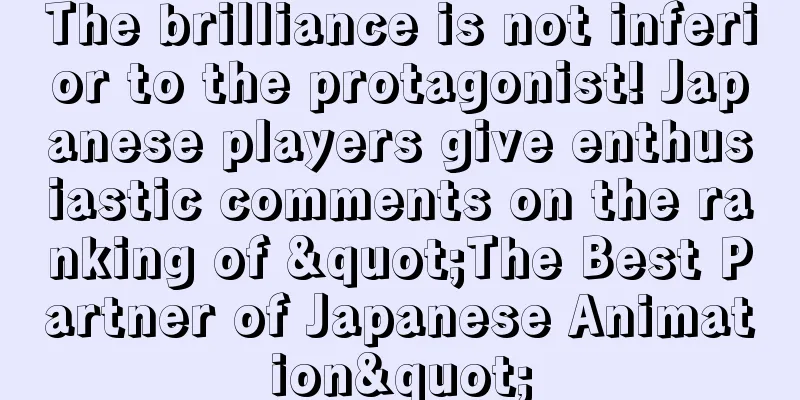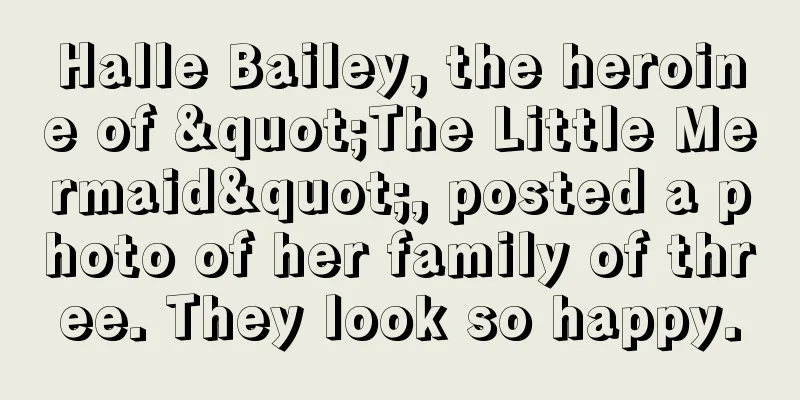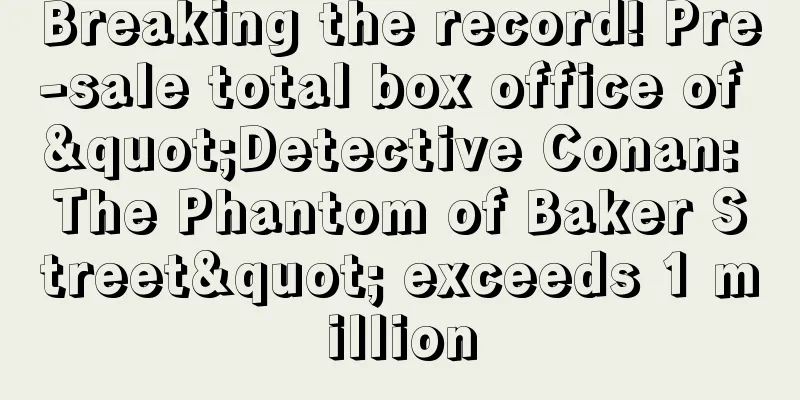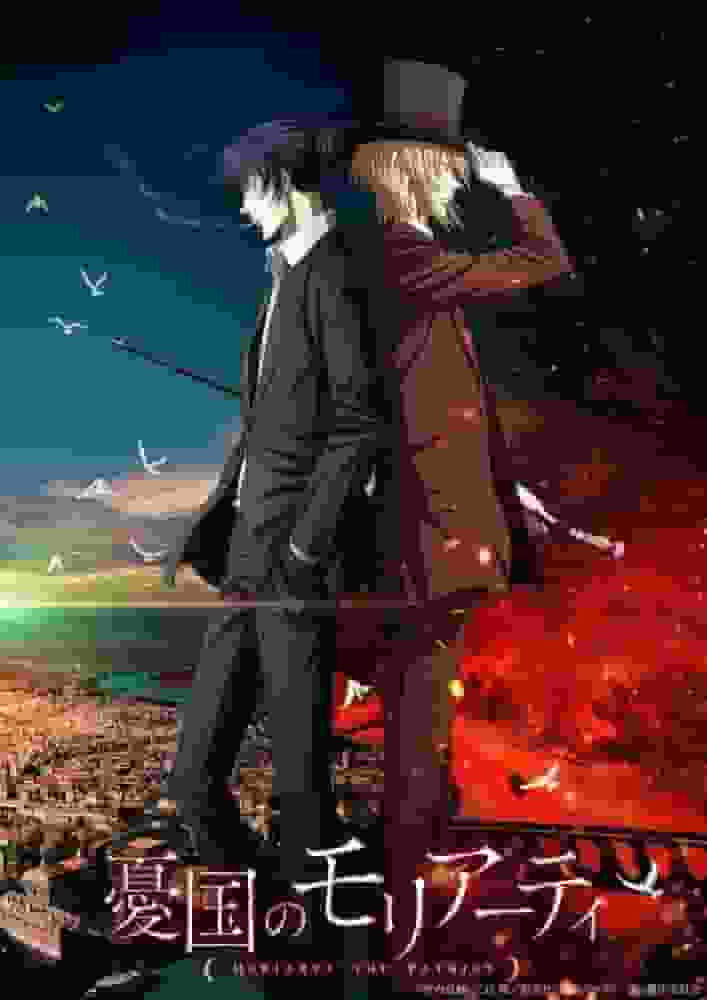Weather School: A deep look into the fascinating story and characters

"Weather School": An animated film that teaches the importance of weather forecasts■ Public Mediatheater ■ Original MediaAnime Original ■ Release date1952 ■ Number of EpisodesEpisode 2 ■ ProductionProduced by Toho Educational Films, Nippon Animation Co., Ltd. Produced by Sanae Yamamoto ■ Story While the bird Kumokichi and his family are moving, ignoring the weather forecast, they encounter a typhoon on the way and suffer a terrible experience, which makes them realize the importance of weather forecasts on the radio and in newspapers. ■Explanation Under the guidance of the Central Meteorological Observatory's Weather Consultation Office, the work of the observatory, meteorological observations, seasonal winds, discontinuity lines, warm fronts, and cold fronts are explained using diagrams and line drawings in a way that even young people can understand. ■ Main staff・Produced by Toho Educational Films, Nippon Dogasha ・Produced by Sanae Yamamoto ・Supervised by Central Meteorological Observatory ・Script by Taiji Yabushita ・Directed by Hideo Furusawa ・Line drawings by Toho Illustrated Films The appeal and evaluation of "Weather School"Released in 1952, "Weather School" is an educational animated film aimed at teaching children the importance of weather forecasting. The film was produced by Toho Educational Films and Nippon Animation, and produced by Sanae Yamamoto. Supervised by the Central Meteorological Observatory, the film makes extensive use of diagrams and line drawings to convey meteorological knowledge in an easy-to-understand way. The story is about a bird named Kumokichi and his family who ignore the weather forecast and encounter a typhoon on the way to a new house, resulting in a terrible experience. Through this experience, the family learns how important weather forecasts on the radio and in newspapers are. Although the story is simple, it succeeds in leaving a strong impression on children about the importance of weather forecasts. "Weather School" is made up of two episodes, each of which explains different weather phenomena and meteorological observation methods. The first episode covers seasonal winds and discontinuity lines, while the second covers warm and cold fronts. These explanations are given under the guidance of the Central Meteorological Observatory's Weather Consultation Office, and convey specialized knowledge in a way that is easy for children to understand. Many staff members were involved in the production of this work. The script was written by Taiji Yabushita, the director was Hideo Furusawa, and the line drawings were done by Toho Zukai Eigasha. Thanks to the cooperation of these staff members, the work has been completed as an educational piece that can be enjoyed as entertainment. Historical background of "Weather School"The year 1952, when "Weather School" was released, was Japan's postwar reconstruction period. During this time, there was a high demand for educational films, and many films were produced to teach children scientific knowledge. "Weather School" was one of these films, and it aimed to teach children the importance of weather forecasts so that they would acquire the knowledge to protect themselves from disasters. This work is also noteworthy as an animated film. Japanese animation in the 1950s was still in its infancy, and it was a time when educational films played a large role. "Weather School" took up the familiar theme of weather forecasting, and made a new attempt at teaching scientific knowledge to children. Evaluation and influence of "Weather School""Weather School" was well received by children when it was first released. It was especially praised for its easy-to-understand story that conveys the importance of weather forecasts, and for its explanations using diagrams and line drawings. It was also praised for its scientific accuracy, as it was produced under the supervision of the Central Meteorological Observatory. This work not only taught children the importance of weather forecasts, but also served as an opportunity to deepen their knowledge of meteorology. In particular, the explanations of monsoons, discontinuity lines, and warm and cold fronts provided children with the basic knowledge to deepen their understanding of meteorological phenomena. Furthermore, "Weather School" was not only praised for its role as an educational film, but also for its artistic merit as an animated film. Hideo Furusawa's direction and Toho Zukai Eigasha's line drawings provided an environment in which children could learn while having fun. These elements had a major influence on the production of later educational animated films. Recommendations and how to watch "Weather School""Weather School" is a very valuable educational animated film that teaches children the importance of weather forecasts. It is a must-watch film, especially for children who are interested in weather forecasts and meteorological phenomena. In addition to its role as an educational film, it can also be enjoyed for its artistic value as an animated film. This work is now available on DVD and online. It is especially recommended for viewing at educational institutions and at home. It will not only teach children the importance of weather forecasts, but also serve as an opportunity to deepen their knowledge of meteorology. It is also a must-watch to learn about the history of Japanese animation in the 1950s. summary"Weather School" is an educational animated film released in 1952, with the aim of teaching children the importance of weather forecasts. Supervised by the Central Meteorological Observatory, explanations of seasonal winds, discontinuity lines, warm fronts and cold fronts are given using diagrams and line drawings, conveying information in a way that is easy for children to understand. This work was praised not only for its role as an educational film, but also for its artistic quality as an animated film, and it had a major influence on later educational animated films. Please watch it to teach your children the importance of weather forecasts. |
<<: Forty Thieves Review: A Captivating Story and Character Depth
>>: Review of "Kaminari-sama Tenyawan-ya": A fascinating story and deep character exploration
Recommend
"Avengers 4" pre-sale paralyzed major ticket sales network first day pre-sale box office ranked first in film history
Marvel's epic blockbuster "Avengers 4: E...
Avatar 2: The Way of Water reveals all the cast in new trailer and character posters
Today (November 22), the official release of &quo...
"Avengers 3" 1/2 Iron Man Mark 50 Suit Statue Priced at $2,165
Recently, Queen Studios launched a new product, t...
"New Gods: Nezha Reborn" National Fashion Blockbuster Li Yunxiang's Stunning Transformation
Recently, the Chinese fashion blockbuster of the ...
Big Windup! Special Edition: A deep look into the moving baseball story and character growth
"Big Windup! Special Edition": A story ...
War as seen by "Boy H": Learning the depth of anime from real experiences
The war as seen by "Shounen H" - Shoune...
Ikki Tousen GG Battle Tour Club Sexy Cosplay ♥ Dangerous Part-time Job ♥ - Evaluation of attractive characters and exciting battle scenes
The appeal and evaluation of Ikki Tousen GG Battl...
Where will the next sports series come from? Industry insiders analyze that there will be no sports series in JUMP magazine from now on
Today, July 20, Japan's top boys' manga m...
The Kindaichi Case Files R - What is the great detective's new challenge and what is its appeal?
A comprehensive review and recommendation of Kind...
Queen Elizabeth Actor: I want a better way to die in Game of Thrones
It has been more than a month since the final sea...
Mako-chan's Road Safety: Evaluating the educational and entertainment value of children's anime
"Mako-chan's Traffic Safety": A sho...
Radio and Television: Strongly support excellent animations and resist animations with bad content
Recently, according to the news released on the W...
The appeal and evaluation of "Asobi Asobase": New possibilities for comedy anime
"Asobi Asobase": The best junior high s...
A thorough review of the emotional visual beauty and music fusion of the "Please Save My Earth" Music Image Video
Detailed review and recommendation of the Music I...
Prime1Studio launches special Batman figure with bared teeth
Recently, Prime 1 Studio launched a special Batma...









